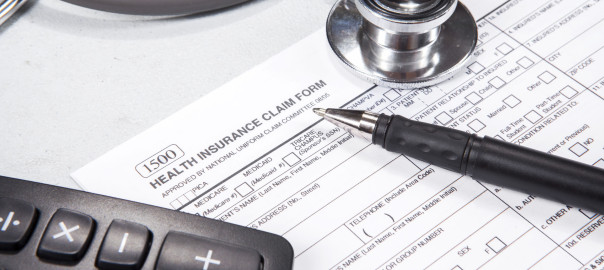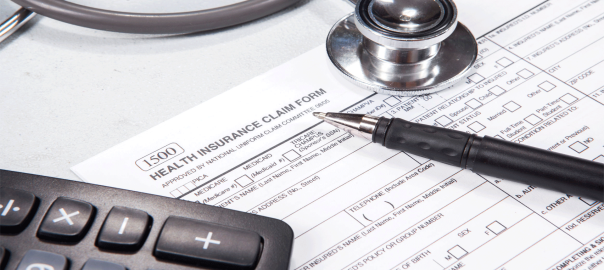Kidney Dialysis Affected by New Procedural Coding Changes
Beginning October 1, 2014, medical billing companies will need to implement the new ICD-10-CM and ICD-10-PCS for diagnosis coding and inpatient hospital coding regarding specified procedures. According to guidelines, all entities coveredRead More…


